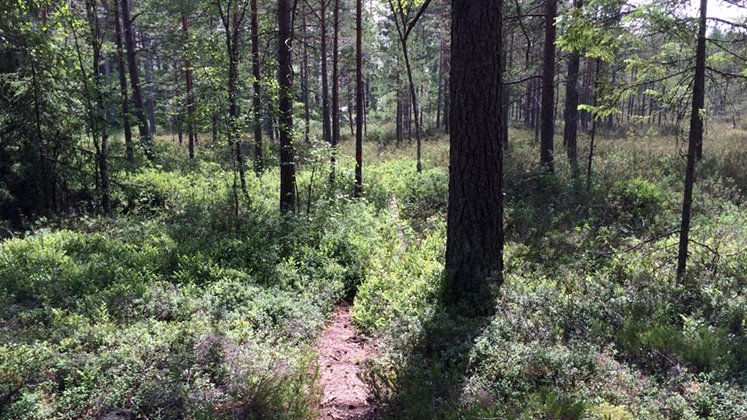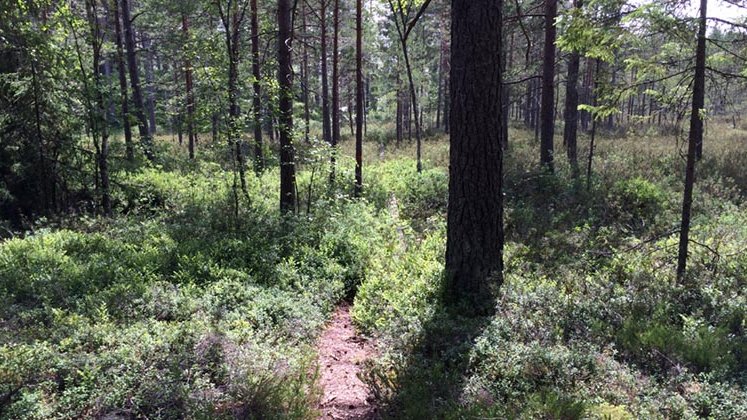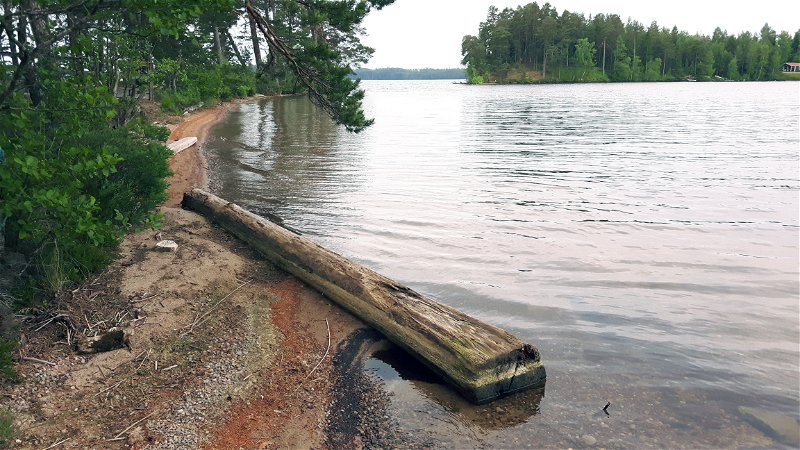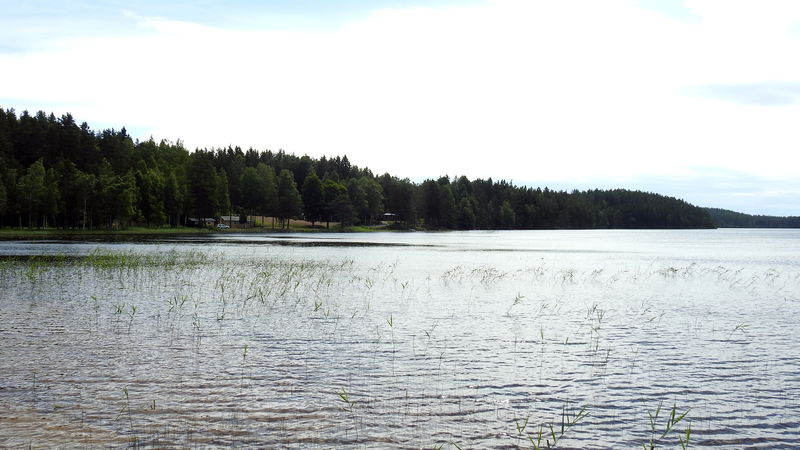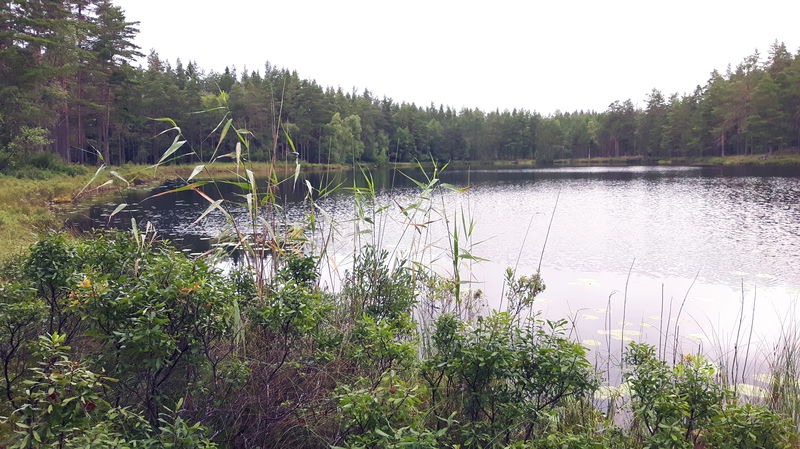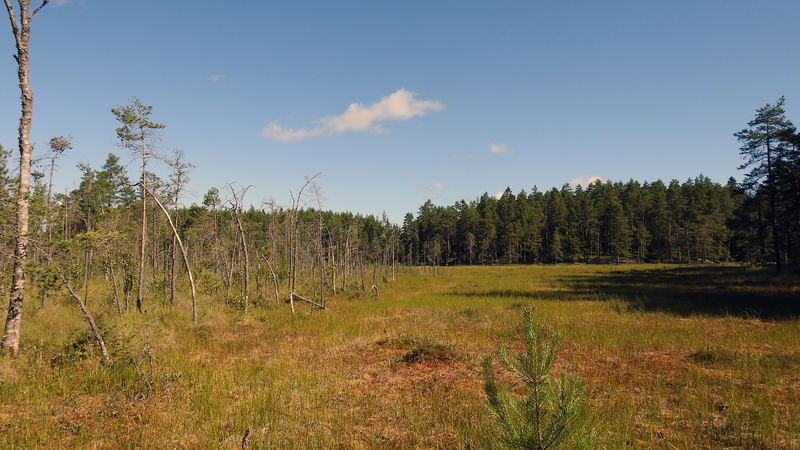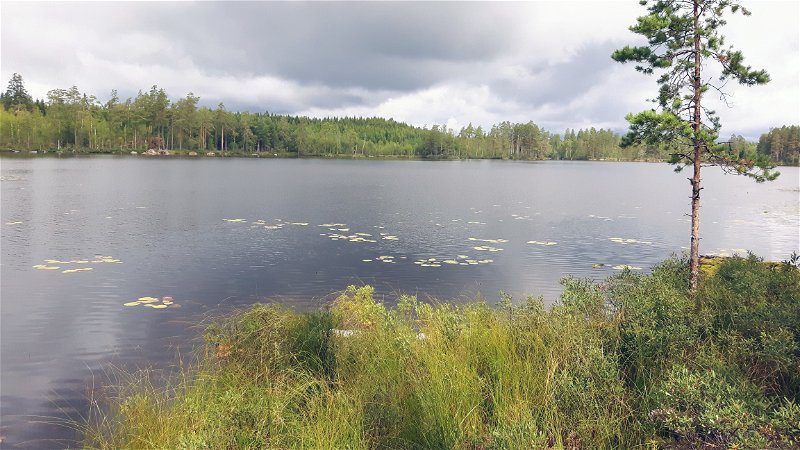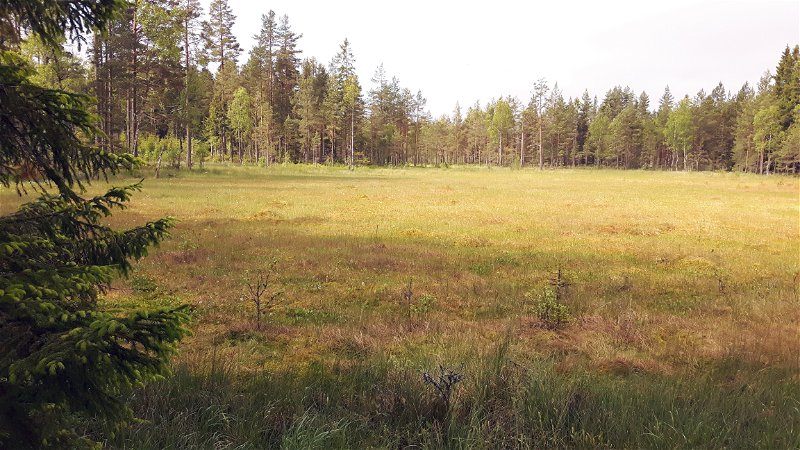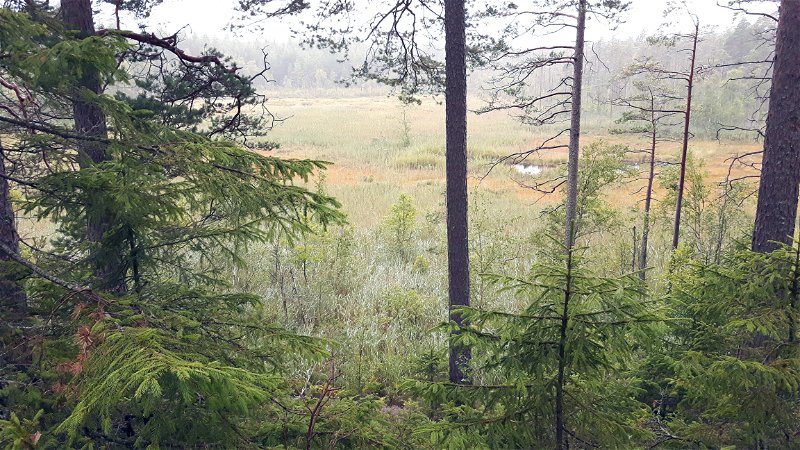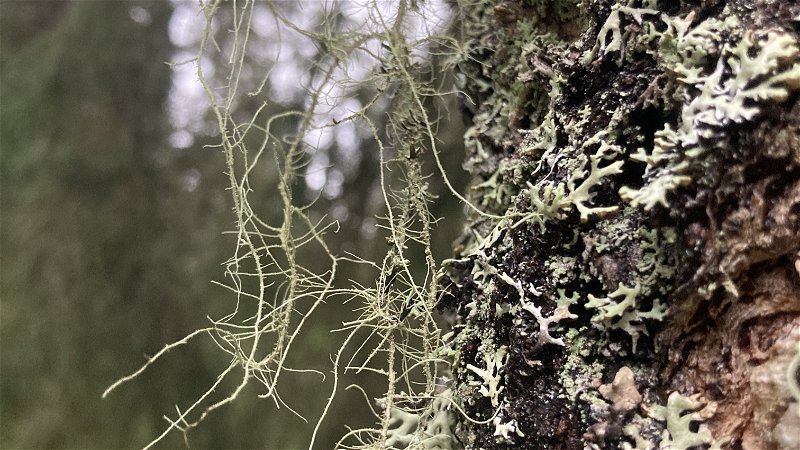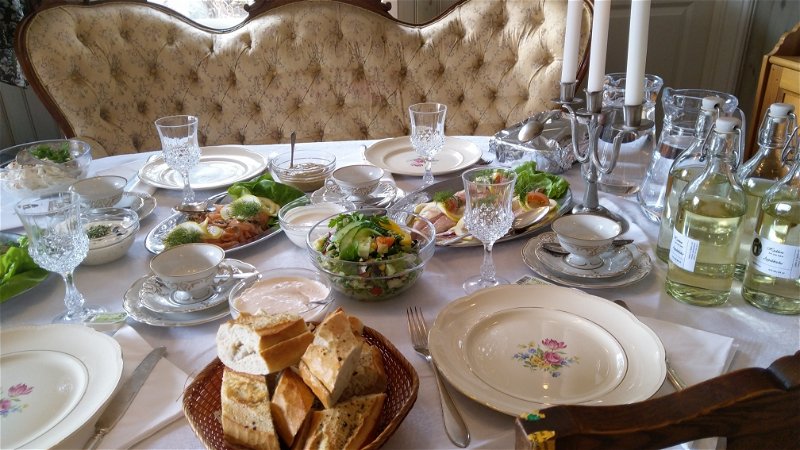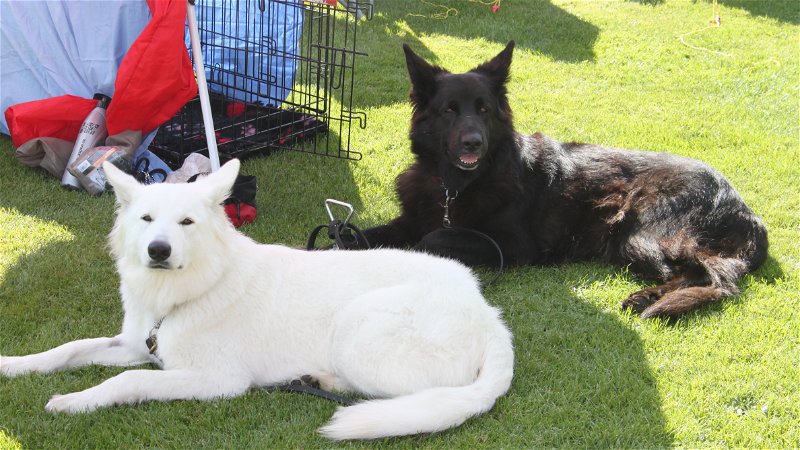In the Rockebro nature reserve, between Laxå and Askersund, the inland ice has created an exciting and strange landscape with ridges, hills and depressions. There are several dead ice pits in the area. These were created when blocks of ice broke away from the big ice sheet and were embedded in gravel deposits. When they later melted, large pits were formed. The largest pit is now a lake - Gropsjön. Others are filled with water at certain times of the year.
Restricted access
Right now it is a bit difficult to get around on the path in the reserve due to many fallen trees.
Many exciting plants
Rockebrokärret, west of the ridge, is one of Närke's classic plant locations. It is known for a number of rare plants that normally have a western distribution, including marsh lily, bellflower and brook nettle, but also northern species such as the dwarf toad. In addition, you can find as many as four species of the insectivorous leafy spurge and several orchid species in the marsh. On the mainland in the area there is a spruce-dominated mixed coniferous forest. The forest is quite rich in herbs, and here you can find, among other things, cornflower and marsh violet. In the far south, a ridge with pine heath stands out as a headland in Östra Laxsjön. Among the rocks in the lake there are water lilies and onion grass.
Great crested newt thrives here
The great crested newt lives in some water bodies in the reserve. It spends most of the year on land but is dependent on water for its reproduction. It spends the winter in hollows in the ground or in rotten wood. The great crested newt is declining in Sweden, but it benefits from an environment such as Rockebro, with a watery landscape linked by mature forest. Between the ridge pits there is a drainage system, partly superficial with occasional streams, partly underground with occasional spring flows. The variation in water levels means that the ridge pits are kept free of trees.
Rockebro spring
Rockebro sacrificial spring is also located in the area. The practice of sacrificing in springs goes back a long way. The spring was considered to have a miraculous power, and the reddish color of the water probably contributed to this. The spring is fed by groundwater from the marsh north of the highway. The red color comes from the marsh's iron deposits, iron ochre. The name Rockebro comes from "ochre" or "rodhka". Several roads have converged at the source. Many travelers have stopped here and sacrificed a coin for good health and travel. The spring was restored in 1980, when it was excavated and lined with sandstone. Almost 9 000 coins were found, the oldest dating from 1720. Many of the coins were modern, showing that the spring is still in frequent use.
Sign-interpreted information
Facts
Municipality: Laxå
Year established: 1974
Area: 30 hectares
Landowner: Sveaskog AB
Manager: County Administrative Board
Reserve creator: County Administrative Board
Natura 2000: the area is part of the EU's network of protected nature, SE0240070 Rockebro
Directions
The reserve is located along the road between Askersund and Laxå. Parking is available at Östra Laxsjön.
Regulations
In the nature reserve it is forbidden to:
- damage marshes, solid ground or streams
- make a fire other than in a designated place
- pick flowers or otherwise damage vegetation by picking or digging
- drive motor vehicles
- park other than in a specially designated place
- camping or setting up a house or trailer
- mooring a boat for more than one day
- putting up a picture, poster, billboard, sign, inscription or similar

